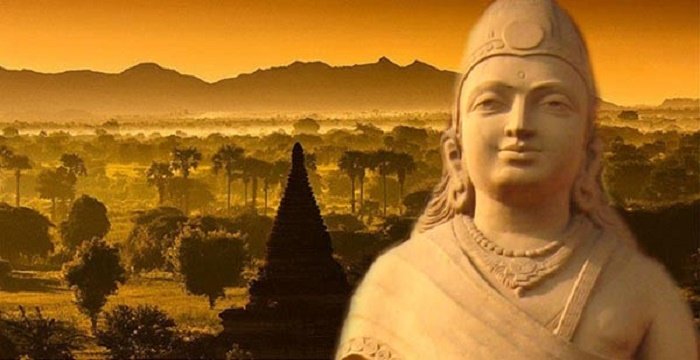Chandragupta Maurya: Builder of the First Indian Empire
Chandragupta was the founder of the Mauryan dynasty (reigned c. 321–c. 297 BCE) and the first emperor to unify most of India under one administration.
He is credited with saving the country from foreign domination.
He is the Builder of the Largest Indian Empire.
He created one of the most powerful dynasties in ancient India and left his legacy with his Child and Grandchild.
He created the first centralized government since the Harappan civilization.
Maurya ruled based on Kautilya’s advice
He followed Arthasastra’s Proposed principles with advice on how to hold an empire together.
He divided the empire into four provinces, each headed by a royal prince.
key components of his tax system: Trading, mining, manufacturing, crops
Aspects of beauty in his empire: Arts, religious thought, science, parks, fountains, gold-covered pillars
He divided the empire into provinces then districts for taxes
He raised a very large army and unified North India
The extent of the Maurya empire: 2,000 miles
Maurya was able to have such a large empire because He defeated Seleucus with his large army:
Seleucid–Mauryan war
Date 305–303 BCE
Result: Mauryan victory Treaty of the Indus Seleucid Empire’s eastern satrapies ceded to Mauryan Empire Seleucus gives the hand of his daughter to Chandragupta, founding a dynastic alliance Chandragupta gives 500 war elephants to Seleucus Establishment of diplomatic relations
